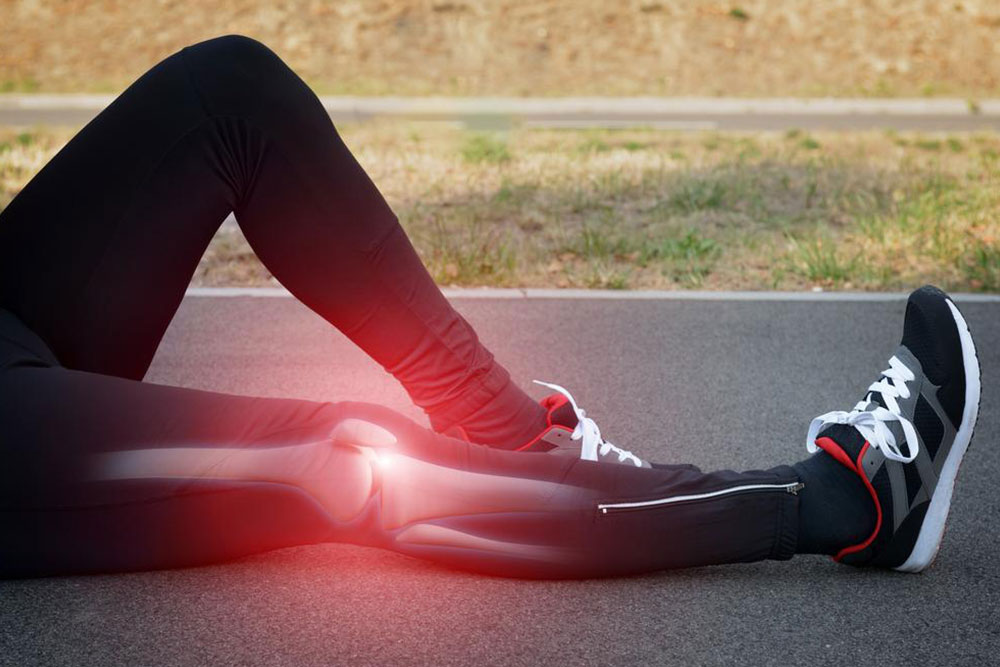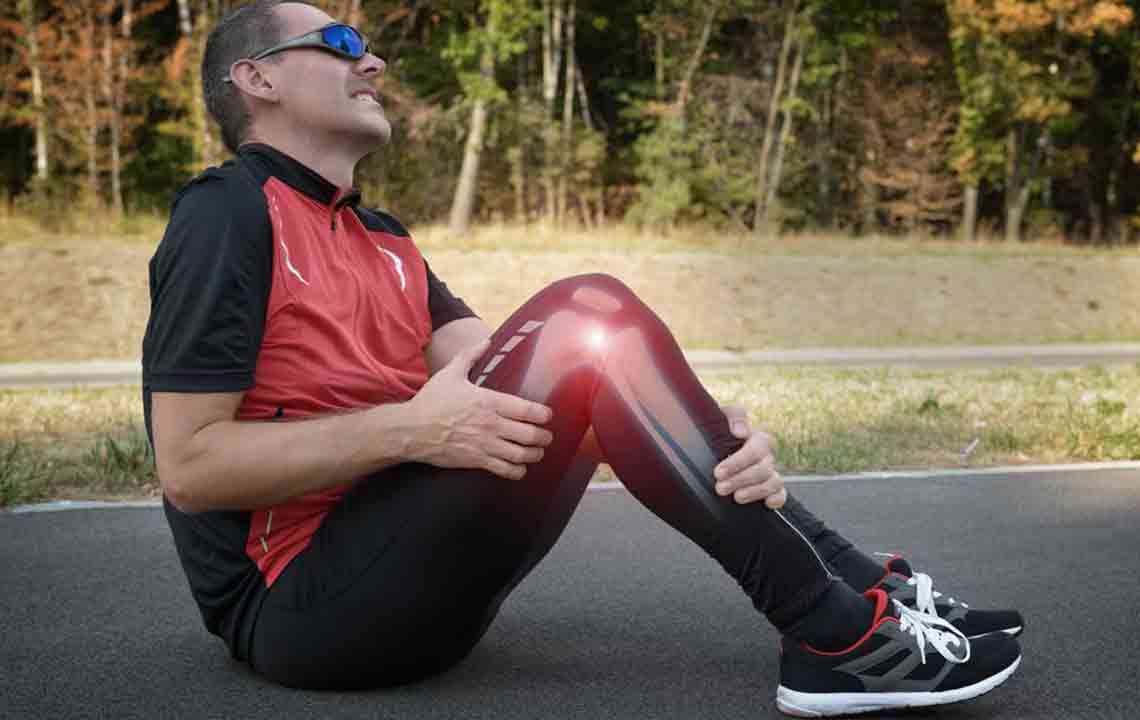Comprehensive Guide to Causes and Types of Leg Discomfort
Leg discomfort can stem from numerous causes ranging from muscle cramps to serious medical conditions like blood clots and nerve issues. This comprehensive guide explores the various types and underlying reasons for leg pain, including injuries, circulatory problems, and joint diseases. Recognizing these symptoms early and understanding their causes is essential for effective treatment and recovery. The article emphasizes preventive measures, lifestyle modifications, and the importance of seeking medical advice for persistent discomfort, aiming to improve mobility and overall leg health.

Comprehensive Guide to Causes and Types of Leg Discomfort
Leg discomfort is a common issue that affects many individuals at some point in their lives. The sensation can range from mild soreness to intense pain that impairs daily functioning. Causes of leg pain are diverse, spanning from simple muscle strains to complex medical conditions requiring professional diagnosis and treatment. Recognizing the various types and causes of leg discomfort is vital for effective management and recovery.
People often experience different types of leg pain depending on the underlying issue. The pain can be categorized broadly into short-term, acute pains and long-lasting, chronic conditions. Mild discomfort typically responds well to home remedies and lifestyle modifications, while persistent pain warrants medical attention to prevent complications.
Categories of Leg Discomfort
Muscle cramps (Charley horses): These involuntary spasms commonly strike the calf muscles during the night. They are characterized by sudden, intense contractions that can last from seconds to several minutes. These cramps are often caused by dehydration, electrolyte imbalances, fatigue, or overexertion. While stretching usually alleviates them, persistent or severe cramps should be medically evaluated.
Shin splints (Medial tibial stress syndrome): Usually felt on the front part of the lower leg, shin splints are common among runners and athletes who exercise intensely or suddenly increase activity levels. The pain arises from inflammation of the tissues surrounding the shinbone and may worsen with activity. Rest and gentle stretching can help, but persistent shin pain might lead to stress fractures if ignored.
Aching Achilles tendons: Pain located near the back of the heel, often caused by overuse, improper footwear, or sudden increases in activity. This condition can develop into Achilles tendinitis and, if neglected, may lead to tendon rupture, which requires surgical intervention.
Hamstring injuries: The muscles at the back of the thigh are prone to strains, especially during vigorous activities or inadequate warm-up routines. These injuries might involve partial tears, causing sharp pain, swelling, and restrict movement. Timely rest, ice application, and physical therapy are recommended for recovery.
Sciatic nerve pain (Sciatica): Caused by compression or irritation of the sciatic nerve, this pain begins in the lower back and radiates down the leg. It may result from herniated discs, spinal stenosis, or other nerve pinching conditions. Symptoms often include numbness, tingling, and weakness in the affected leg, necessitating medical evaluation for appropriate treatment.
Primary Causes of Leg Discomfort
Injuries: Traumatic incidents like falls, direct blows, or overstretching can cause fractures, contusions, or compartment syndrome—an emergency condition involving increased pressure within the leg compartments that requires immediate care.
Poor blood circulation: Conditions such as peripheral artery disease (PAD) diminish blood flow to the lower limbs, leading to pain, fatigue, and susceptibility to infections. This circulatory issue often worsens over time if untreated.
Blood clots (Deep vein thrombosis): Formation of clots within deep veins of the legs causes swelling, pain, warmth, and redness. If undetected, blood clots can dislodge and travel to the lungs, causing a pulmonary embolism—a medical emergency.
Nerve Damage: Peripheral neuropathy, which can result from diabetes, infections, or injury, impairs nerve function, leading to sensations of numbness, heaviness, or burning in the legs.
Joint Conditions: Arthritis, including osteoarthritis and rheumatoid arthritis, causes joint inflammation, leading to swelling, stiffness, and pain, often worsening with activity and improving with rest.
Vein Disorders: Varicose veins develop when valves in leg veins malfunction, resulting in blood pooling, swelling, and heaviness. These are often accompanied by skin discoloration and discomfort.
Other Medical Conditions: Broader health issues, including metabolic diseases like diabetes, certain cancers, nutritional deficiencies (such as vitamin D or B12), and skin infections can manifest as leg discomfort, weakness, or swelling.
Understanding the multifaceted origins of leg discomfort enables timely diagnosis and effective treatment strategies. Whether caused by minor strain or serious medical conditions, seeking medical advice ensures better mobility, reduced pain, and an improved quality of life. Managing risk factors such as maintaining proper hydration, exercising appropriately, and addressing circulatory health can significantly diminish the prevalence of leg pain.





